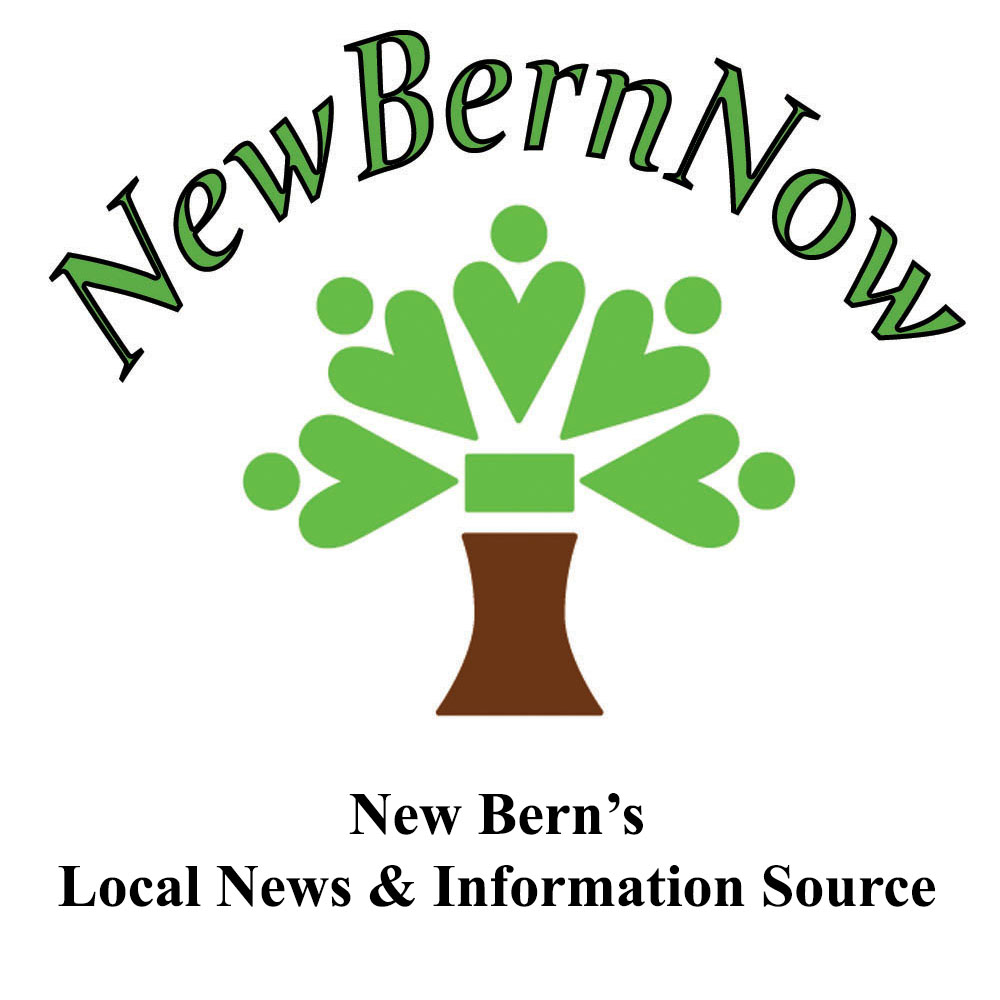>
Thanks to a phone call from Bobbi Waters of Coastal Environmental Partnership to remind me about Earth Week’s kick-off event, “Less Means More” Educational Exhibit at Union Point Park on Monday.
I arrived to see five stations set up to teach 5th graders how important it is for them to learn about water conservation and how they can become stewards of their community.
Linda Staunch of the 300th Anniversary Committee and Rusty Hayes of Craven County Water welcomed the students and expressed the importance of water conversation and emphasized Earth Day’s 40 Year Anniversary.
Students disbursed to the five stations: Water Systems – Rusty Hayes (Craven County Water Services), Water Use Outdoors – Tom Glasgow (Craven County Cooperative Extension Services), Water Use Indoors – Marlene Salyer (Division of Water Quality in Little Washington), Water Quality – Larry Baldwin (Lower Neuse Riverkeeper), and Bobbi Waters (Coastal Environmental Partnership Outreach Coordinator).
Water Systems: Rusty Hayes explained that Craven County water came from underground streams called aquifiers (Black Creek and PeeDee Aquifiers). He also demonstrated (via hands on training and visual aids) and discussed the process from water intake through the distribution to water towers and ultimate distribution to people’s homes.
Water Use Outdoors: Tom Glasgow used props to emphasize steps people can take to save water outdoors. He stressed the point that people waste water by irrigating lawns in 95 degree weather. The water evaporates in full sunlight and wind, which defeats the purpose of watering the grass. He also discussed the importance of using rain barrels for water collection and distribution.
Water Use Indoors: Marlene Salyer used a jar full of water (marked with the full line). She asked the children how they use water. With every answer (shower, drinking, brushing teeth, washing dishes, etc.) the children would place a small sponge in the jar (increasing the water use). Then she asked them how they can conserve water. With each answer, a sponge would be taken out and squeezed to put the water back into the jar. This simple exercise demonstrated how we use water and how we can take steps to conserve water.
Water Quality: Larry Baldwin used visual aids to help explain the impact that lawn fertilizers, pesticides, gas, oil, litter, hazardous waste, etc. run off to the river either directly or via storm drains. He discussed the impact this has on fish, water quality, and ultimately impacts our Wetlands (swamps). The Wetlands act as a sponge to filter toxins out of the water, but can only work so hard. Excess waste and hurricane impact can destroy the Wetlands.
Coastal Environmental Partnership (CEP): Bobbi Waters used photos and a bucket of “Coastal Grow” mulch to discuss the efforts of local landfills. She relayed the importance of composting and recycling efforts. The CEP not only recycles yard waste and oyster shells, but recycles landfill waste into electricity.
It’s too bad the parents and general public didn’t attend this interesting and educational event. Maybe next year! There’s always tomorrow which is the last day for this fun filled event. I hope the students can educate their friends and family of the important ways they can improve our carbon footprint!
Please note, I was only there for 45 minutes so the above is a summary of the events. I would like to thank all of those who made this event happen.
Visit New Bern Now’s: Photo Gallery to see event pictures!
Wendy Card

